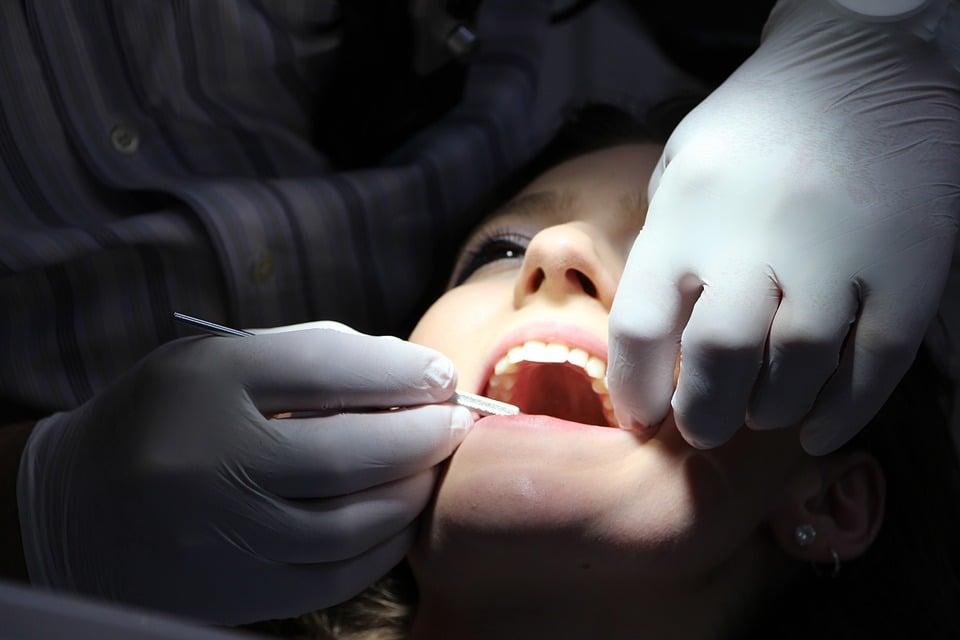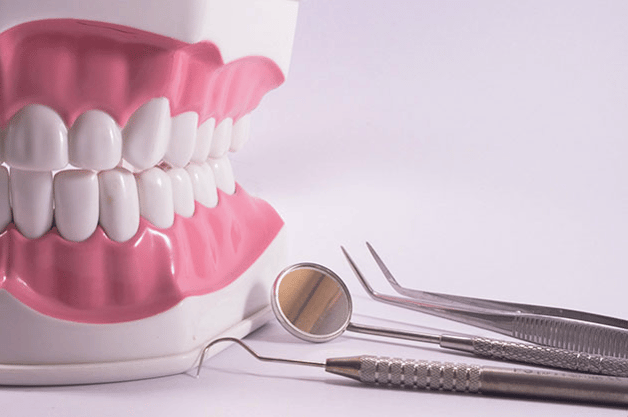
You may not have realized that September is National Gum Care Month. The purpose behind National Gum Care Month is to bring attention to the very real problem of gum disease and to help raise awareness on ways people can take better care of their gums so that they don’t need to suffer with the pain and inconvenience of gingivitis or worse.
With that in mind, we’re sharing a list of five simple, but powerful, ways you can improve the health of your gums as we celebrate National Gum Care Month. But remember, these tips shouldn’t be limited to the month of September. These are habits that need to be developed for a lifetime.
Floss every day
You knew this was going to be in the list, and it’s first for a reason: maintaining a regular daily flossing habit is the single most important thing you can do to improve the health of your gums.
Why? While brushing your teeth is vital to your overall oral health, standard brushing can’t usually reach tiny particles of food that end up lodged between your teeth or jammed down into the gum line at the base of the teeth. So, even after a good thorough brushing, your gums can still be plagued with tiny bacteria in the form of food particles.
As these tiny particles decompose, they attract bacteria. With a swarm of bacteria infesting one tiny spot on or inside the gum line, inflammation and even infection can occur.
While most people are in the habit of brushing their teeth twice a day, flossing is a less common habit. However, if you want to protect the health of your gums, it’s a must.
"While most people are in the habit of brushing their teeth twice a day, flossing is a less common habit. However, if you want to protect the health of your gums, it’s a must."
Brush twice a day
With that in mind, don’t underestimate the importance of brushing your teeth and gums at least twice a day. While flossing is more important specifically to gum health, brushing helps cleanse the whole mouth of disease-causing bacteria, keeping teeth healthy and strong, and toughening the gums so they’re more resistant to disease.
Pay attention to your gums

Your gums may not be on your normal daily checklist as you’re glancing in the mirror on your way out the door, and that’s all right. But it’s important to take the time to inspect your gums regularly and stay aware of any unexplained changes that occur.
Gum disease can sneak up, and it doesn’t always present with pain early on.
Here are some symptoms to monitor:
- Red, puffy, swollen, or tender gums
- Bleeding caused by brushing or flossing
- Receding gums (making your teeth appear longer)
- Gaps or pockets at the gum line where it has separated from your teeth
- An uncomfortable bite or changes in how your teeth fit together
- Any sign of infection at the gum line (pus, pain, tenderness)
- A persistent bad taste in the mouth or bad breath
Visit your dentist routinely
While the self-care habits described above will go a long way in keeping your gums healthy and protecting you from gingivitis, it’s still important to have a professional examine your teeth and gums at least twice a year.
To make regular dental visits easier on the budget, consider a dental savings card.For a more thorough look at your gum health during your routine cleaning, your dentist or hygienist may check the pocket depth in several places around your mouth. This involves inserting a small probe in the pocket between your tooth and gum. Generally, a healthy gum pocket will only allow about 1 millimeter of the probe to be inserted. A depth of 3-5 mm can indicate periodontitis.
At least annually, your dentist will want to take updated x-rays of your teeth as well, and these can also show signs of periodontal disease that may not be visible or noticeable at the surface.
As we move through National Gum Care Month, applying these four simple tips can help you celebrate confidently by establishing habits that will keep your gums healthy in the months and years to come.

